The Tomb Raider series is one of the most famous in gaming. We’ve seen Lara Croft take on various ancient traps and evils to learn the truths of the world. To date, there are dozens of titles in the series. Here is our list of the best Tomb Raider games.
Editors’ note: this article excludes mobile titles.
17. Tomb Raider: The Angel of Darkness (2003)
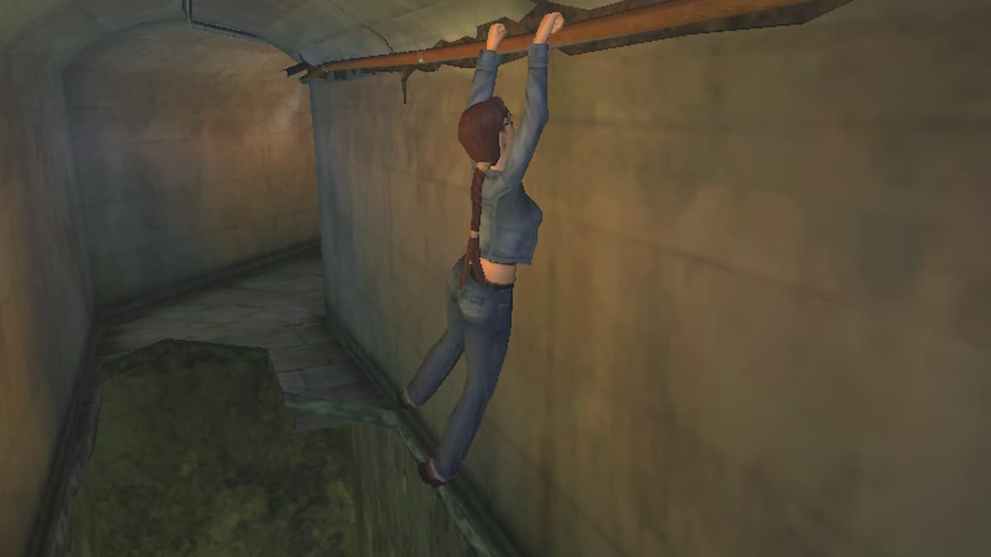
The Tomb Raider most certainly had a low point, and Angel of Darkness was the lowest. Coming off of several iterations that felt recycled and rehashed from earlier entries, it was meant to be a step forward into the sixth console generation for a brand new trilogy. It tells the tale of Lara Croft’s journey to uncover invaluable paintings scattered across the world.
To its credit, there were signs of this ambition. The game featured some decent story ideas and twists, and the ability to choose dialogue options was an interesting way to flesh out the player’s role in Lara’s adventure.
Unfortunately, the overall game was fraught with bugs and glitches, and new mechanics like a stamina bar for climbing hampered players to an infuriating degree. If you pass up on any entry in this list of best Tomb Raider games, let it be this one.
16. Tomb Raider: The Last Revelation (1999)

Following the completion of the first trilogy of games, the series was in need of some fresh new ideas to bring itself forward and continue on into future console generations.
Its answer to this was The Last Revelation. This title portrays bits of Lara’s past as she continued to make her way across the globe for more archeological adventures.
While the game was passable and there was entertainment to be found, there was also little that helped distinguish it as a title one could point to as more than another of the best Tomb Raider games.
It was more of the same, and at a time when there were three other titles with such a similar – and better utilized – gameplay framework, it was hard not to forget about this title altogether.
15. Tomb Raider: The Prophecy (2002)
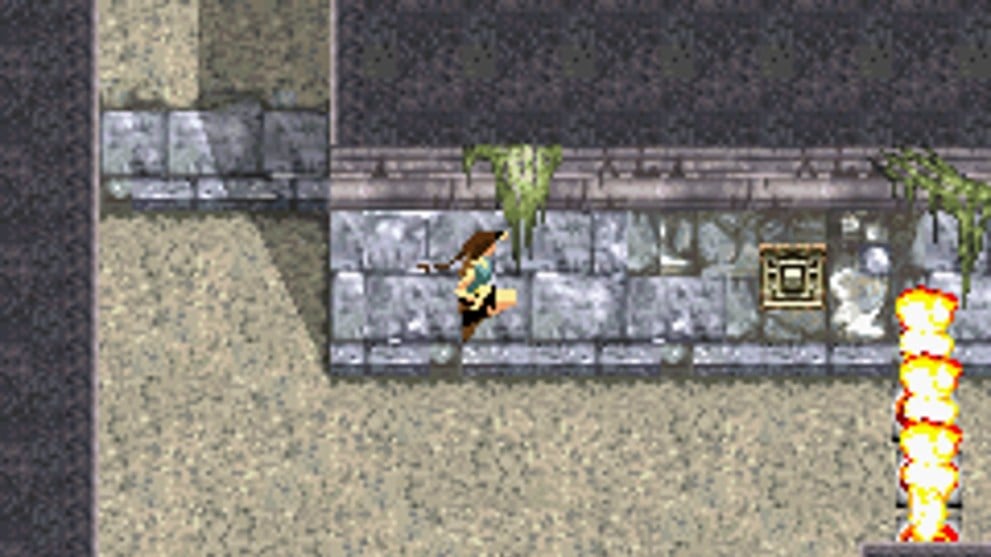
It was always going to be a tough transition moving Tomb Raider from consoles to handheld gaming, even with the general success of the Game Boy Color entry from 2000.
The Prophecy managed to find a good design balance in its top-down view. It allowed Lara’s quest to obtain three magical stones before a sinister cult does to play out in a clear and entertaining way complete with gunplay, puzzles, and the other gameplay staples of the series.
All the same, it doesn’t stand out as a memorable entry and, in all honesty, could have been an entirely different game re-skinned to fit into the franchise. It’s a nice aside for hardcore fans to check out, but others won’t miss much by passing over this title.
14. Tomb Raider: Chronicles (2000)
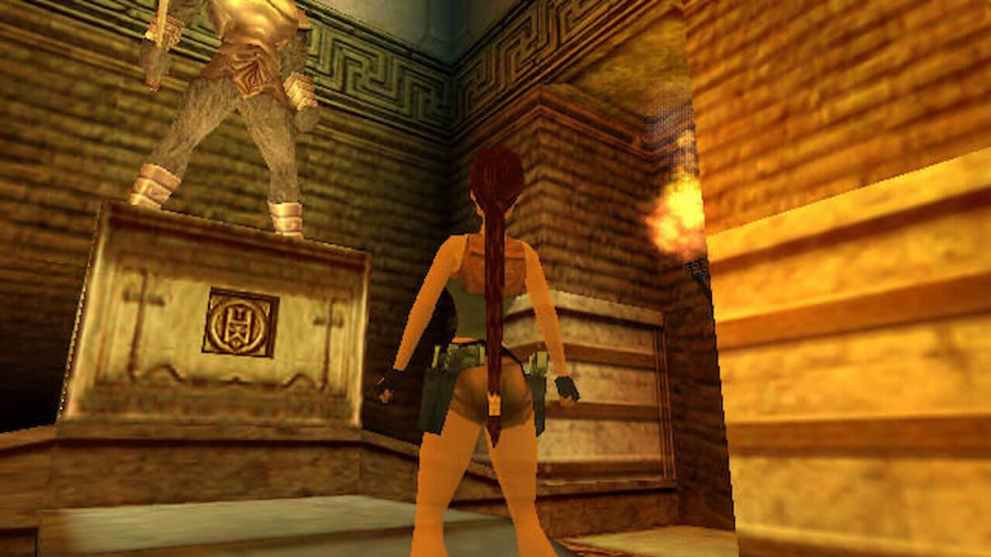
While the series started to spiral downward with its second trilogy of titles, Tomb Raider: Chronicles at least managed to level out to match the quality of the original trilogy for a passable game.
Set after the events of Revelations, it also presents an interesting story dynamic in its presentation. Lara’s friends and colleagues reminisce about her past exploits as a way for players to play through multiple locations and storylines.
It also refines some of the ideas and gameplay mechanics present in Revelations. There are more traversal and exploration options for players to utilize from walking tightropes to a grappling gun.
It’s still not perfect, but it is at least enough to help it stand out as something fans new and old can get something out of.
13. Tomb Raider: Curse of the Sword (2001)
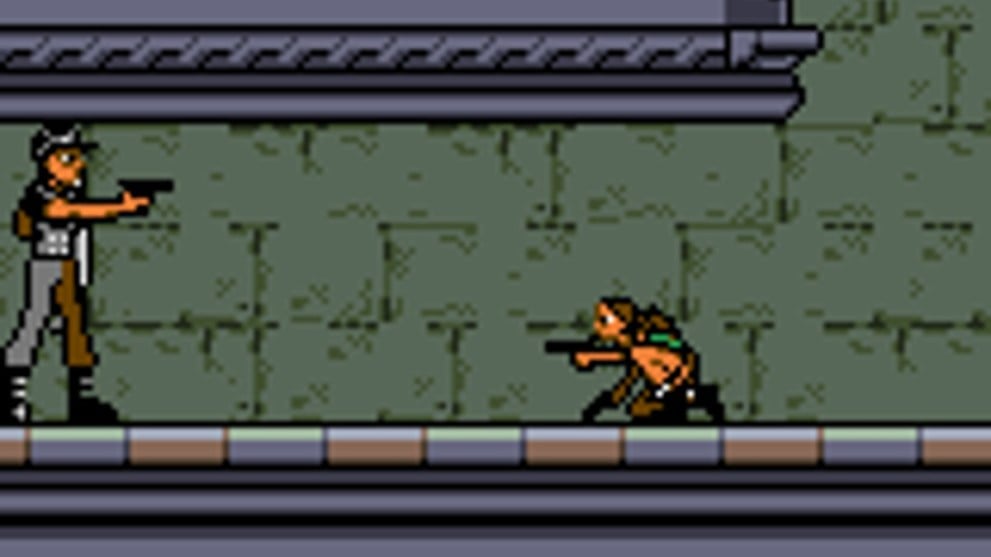
The second of Lara Croft’s two Game Boy Color adventures, Curse of the Sword follows Lara in her quest to stop a cult that worships the evil magician Madam Paveau.
This is further complicated by the fact that in an attempt to steal Paveau’s ceremonial sword, Lara is cut by the blade and marked as the sacrifice necessary to revive this dark being, forcing her to platform, jump, and fight her way past pursuers at every turn.
Curse of the Sword is a solid gaming experience that manages to retain the charm and spirit of the mainline series.
The story can get a bit over-simplified and hammy at times, but it’s still a decent diversion from the usual games for those willing to give it a look.
12. Tomb Raider (2000)
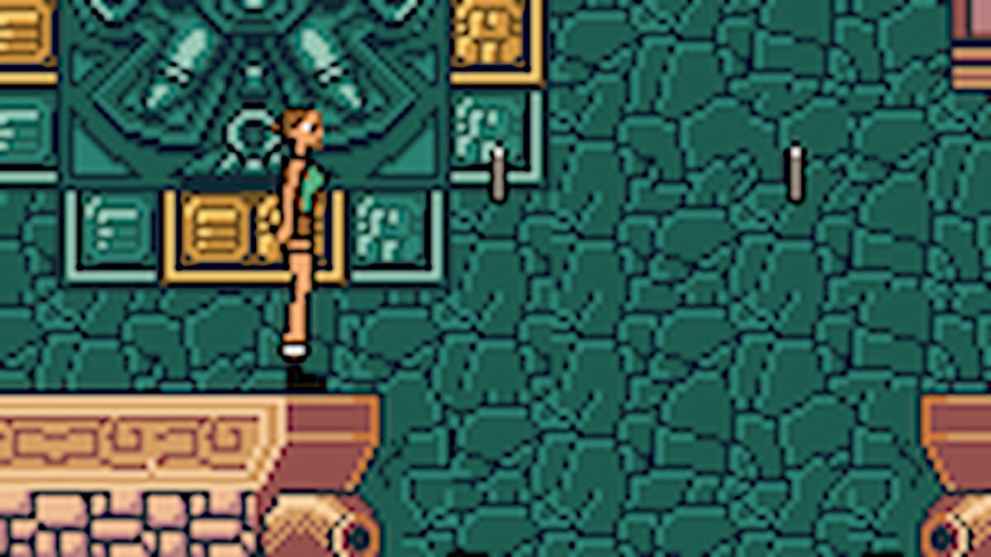
The first portable outing the series ever saw, this Game Boy Color entry in the series offered an entertaining outing as Lara Croft races to stop the resurrection of an ancient god.
Already impressive in its ambition, the Game Boy Color entry in the series from 2000 also manages to translate the gameplay splendidly, with surprisingly responsive controls and decent platforming.
The game has even aged remarkably well, comfortably holding its position in this list of best Tomb Raider games thanks to its 2D art style, retaining its charm even after nearly two decades since its release.
It’s very much like the artifacts the game’s protagonist hunts for a living: An impressive and valuable feat of the past worth looking back on for what it achieved.
11. Tomb Raider III: Adventures of Lara Croft (1998)
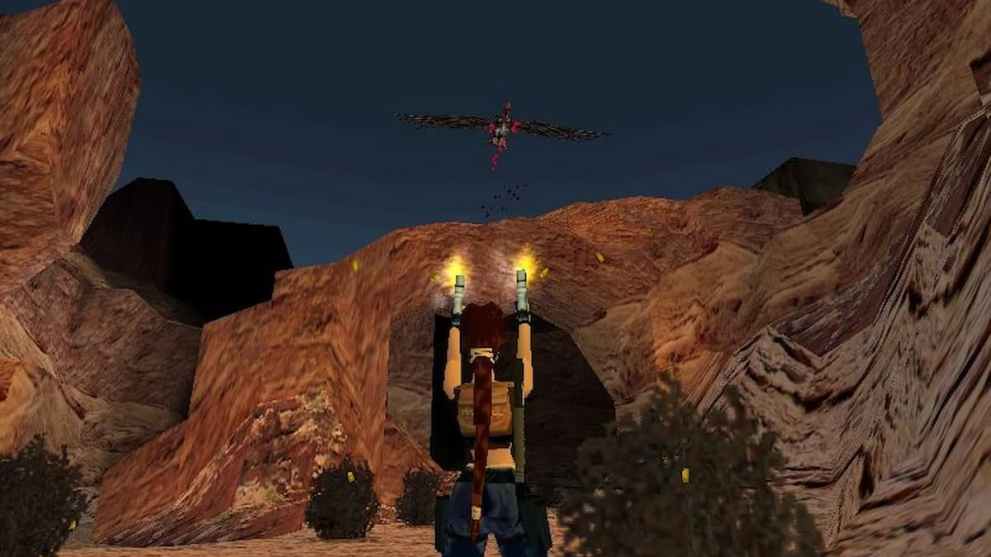
The final entry in the original trilogy, Tomb Raider III ends things on a strong, if safe, note. After uncovering a strange stone in India, Lara is approached by a scientist working with the shadowy company RX Tech.
Told that the stone was made from a meteorite with untold powers, she sets out to uncover the complete set of four and learn their true purpose, racing against other parties to use the stone toward their own ends.
Ripe with gunplay, puzzles, and supernatural twists aplenty, the third entry doesn’t offer much that strays from the series’ typical framework but does well in using what has already been presented before.
It’s a solid entry that will leave players content and eager to play more games from the series.
10. Lara Croft and the Temple of Osiris (2014)
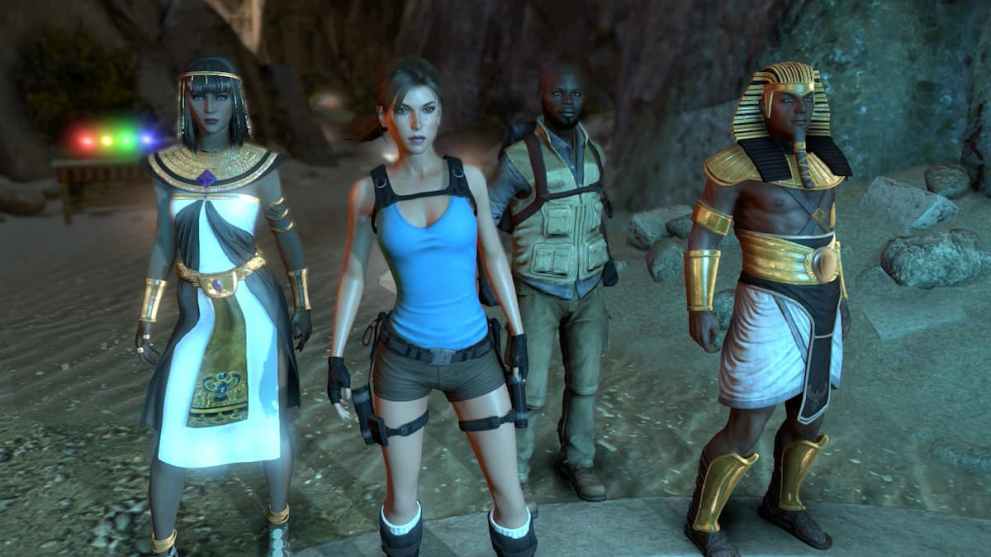
A top-down multiplayer title in the same vein as 2010’s Lara Croft and the Guardian of Light, Temple of Osiris offered a four-player adventure in which Lara Croft and her allies must join forces to stop the ancient Egyptian deity Set from returning to the world of the living and enslaving all of humanity.
To this end, they delve into the depths of ancient pyramids and clash with long-forgotten terrors, traps, and magic in a bid to protect the world and its treasures for another day.
A fun twist on the series’ usual gameplay, Temple of Osiris is a breezy and entertaining take on the Tomb Raider formula. It can be a bit bland without other players, but it’s still great for anyone who wants to see the storied franchise try something new.
9. Lara Croft and the Guardian of Light (2010)
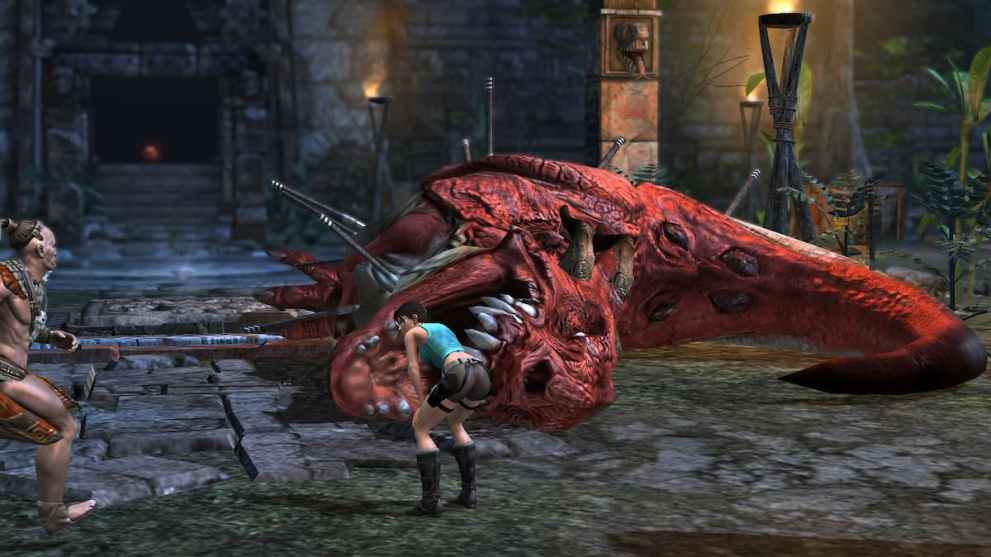
The first title to take a more arcade-esque design approach to the Tomb Raider franchise, Guardian of Light brought some much-needed innovation and change to the grizzled franchise.
After pursuing legends of an ancient mirror of smoke hidden in Central America, Lara unwittingly leads a band of mercenaries to the artifact who then unleash the evil forces trapped within it.
This also revives a sentinel tasked with preventing the mirror’s captive from escaping though, and by joining forces, Lara and this sentinel might have what it takes to prevent the spread of darkness across the world.
Fast-paced, straightforward, and otherwise a complete blast to play alone or with a friend, Guardian of Light was a welcome departure from what Tomb Raider had always been portrayed as.
It may not have been the longest adventure, but it was one that provided hope for the future of the series and what it could become.
8. Tomb Raider: Underworld (2008)
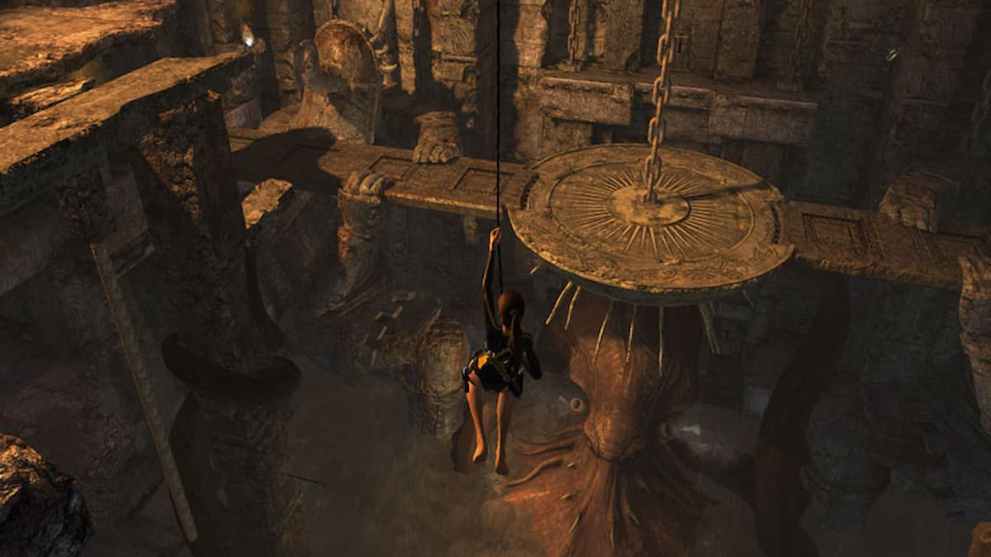
Following the less-than-stellar second trilogy of games, the Tomb Raider series received a much-needed fresh take and re-evaluation of what the series was with Tomb Raider Legends.
Underworld continued this upward trend with a journey across the world in search of ancient Norse ruins, each of which points not only to the entrance to the underworld but to answers for what happened to Lara’s long-lost mother.
Boasting tight third-person gameplay and shooter elements, the game was everything players had been hoping for in a seventh-gen Tomb Raider game and a high-quality title besides, making for a perfect jumping-off point toward bigger and better things a few years down the line.
7. Tomb Raider (1996)
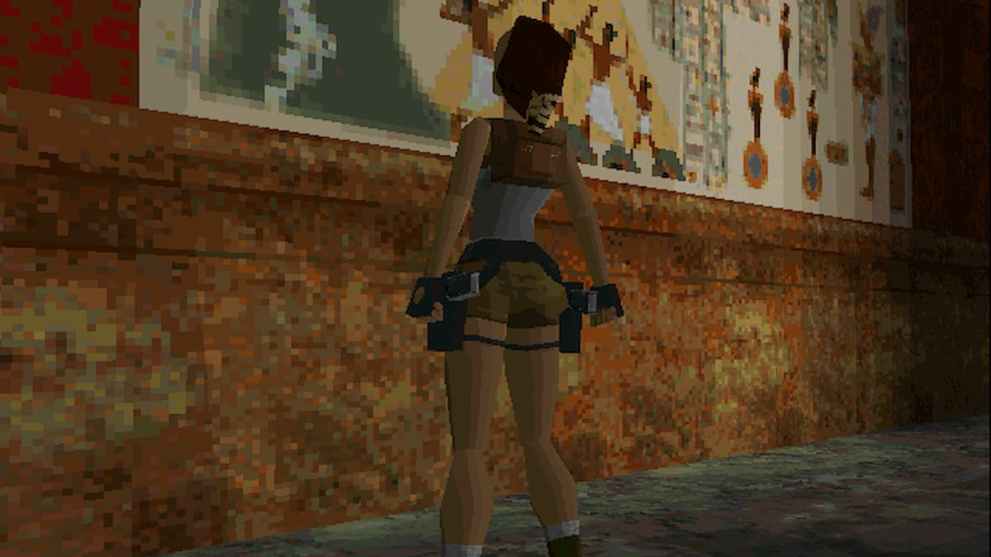
The game that started it all, Tomb Raider is still something special all these years later. As Lara Croft, players journey across the world in search of three ancient artifacts tied to the long-lost city of Atlantis, hired by a wealthy businesswoman with shadowy ambitions.
To accomplish this, they must jump, climb, and shoot their way through ancient temples full of devilish traps, hungry beasts and horrors thought to be part only of legends.
It was and still is an experience few games can capture, and while it may be a little difficult for some to go back to its blocky early 3D graphics, it’s still something that has to be seen yourself to truly appreciate.
6. Tomb Raider: Anniversary (2007)
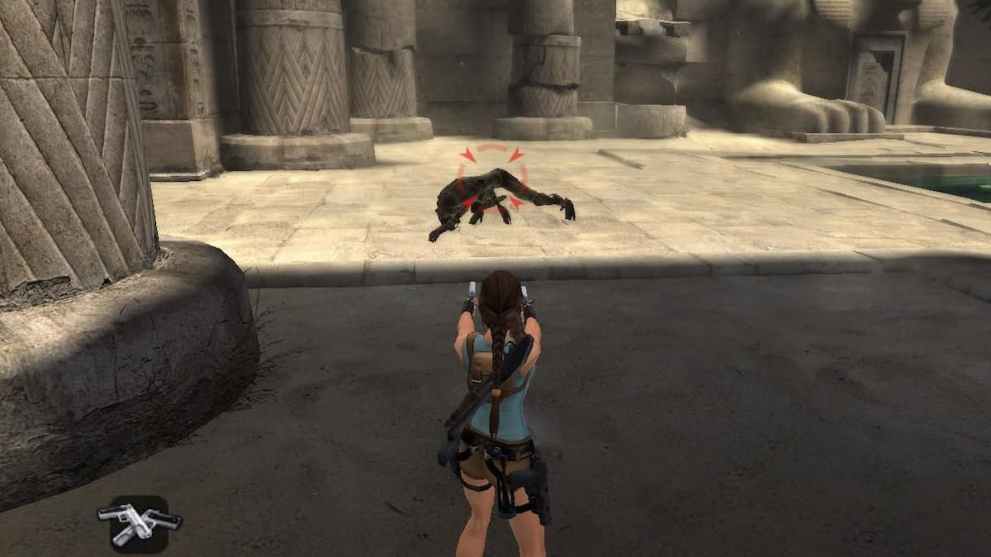
Sometimes, it’s worth the investment to give a classic game a fresh coat of paint and refinements. Tomb Raider: Anniversary proves this perfectly, fully remaking the original for a more modern experience.
Still telling the tale of Lara’s adventures across the world in search of artifacts from Atlantis, the game takes all of the charm and personality of the first game and gives it the quality of life enhancements found over the course of the decade since its release.
Gunplay is tighter, environment traversal is clearer and easier to manage, and the story comes across more clearly with rendered cutscenes and higher-quality performances from the characters’ actors.
If you only go back to the first game in one way, you won’t be disappointed with this top-notch remake.
5. Tomb Raider: Legend (2006)
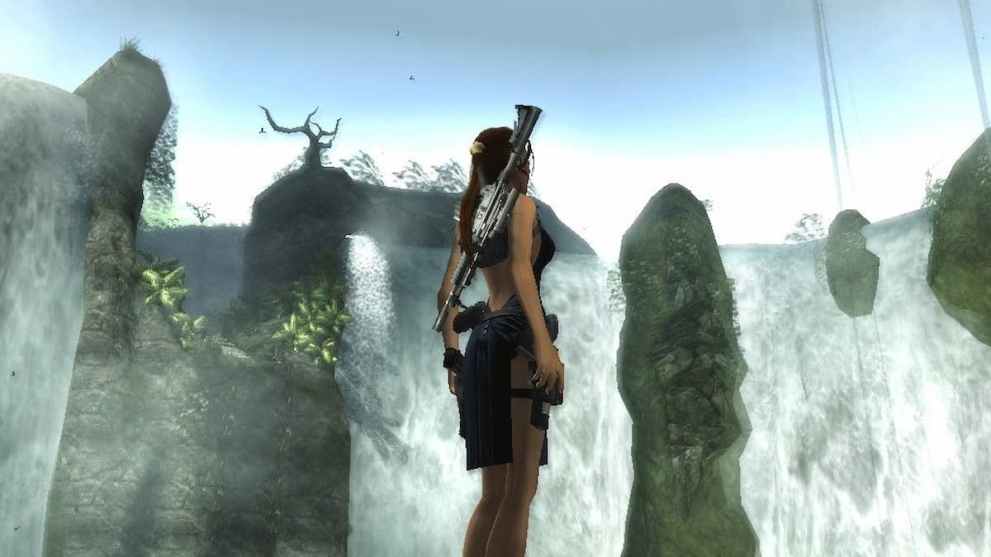
Tomb Raider needed to take a step forward after the lackluster period of releases it saw in the early 2000s. This it did, and it took a massive one at that with the release of Tomb Raider: Legend.
Following a plane crash in her childhood, Lara Croft’s mother Amelia was presumed dead. The truth, however, is that she disappeared after interacting with a strange artifact, sucked into a portal with no indication of where she was taken.
Now an adult, Lara finds a clue that could lead not only to her mother but to an ancient artifact linked to King Arthur and an ancient power he sought to keep hidden from the world.
Touting gorgeous graphics, a gripping story, and plenty of new and improved gameplay fitting of a jump in platforms, Legends was everything Tomb Raider fans had wanted for years. It gave hope for the series’s future installments and paved the way for the series to continue redefining it.
4. Rise of the Tomb Raider (2015)
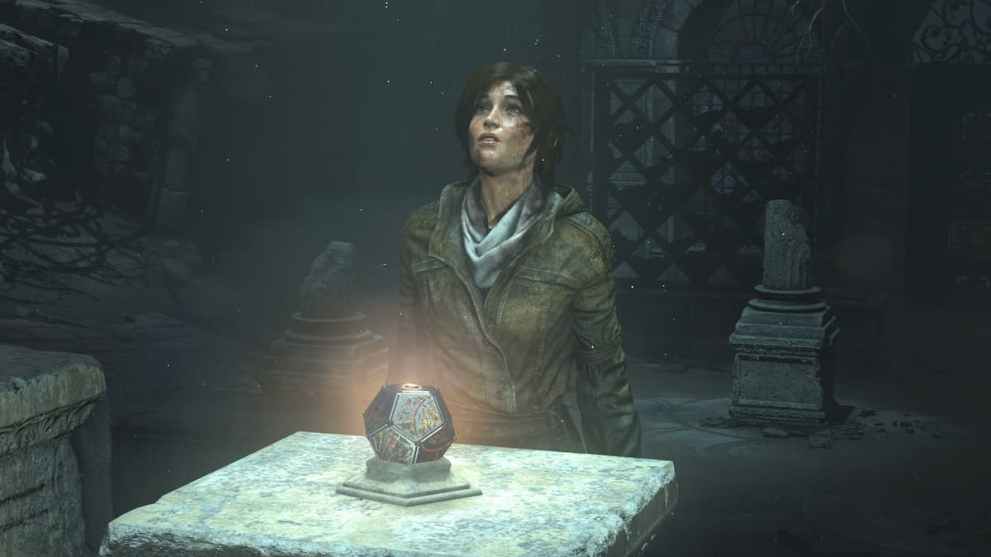
The second entry in the series’ current-gen reboot, Rise of the Tomb Raider returns to Lara Croft after her harrowing experiences on Yamatai.
Plagued by the trauma of what she experienced, she attempts to find answers to what she experienced by pursuing another artifact, one which drove her father to obsession and ruin.
It is through this that she encounters Trinity, an ancient organization out to gain immortality, and must race against them to uncover the artifact before they do.
Still, as fast-paced and refined as the first entry in the reboot trilogy, Rise gives the series some much-needed direction and allows it to grow into something with the potential for greater growth.
Likewise, the gameplay is still refined to the point that one can easily get drawn into the adventure within minutes, whether that means scaling ancient ruins or fighting your way through the Siberian wilderness.
3. Shadow of the Tomb Raider (2018)
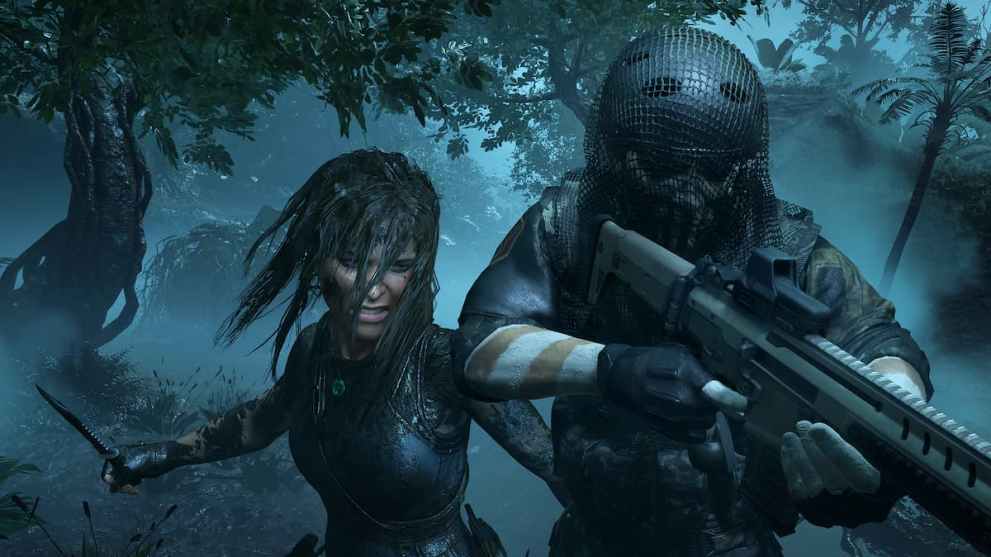
Shadow of the Tomb Raider is easily one of the darkest and most refined games of the series to date.
Still hot on the trail of Trinity and out to stop their evil plans, Lara accidentally triggers a Mayan apocalypse when she uncovers an artifact linked to the fate of her late father.
This same artifact is both the only way to stop the apocalypse and the key to Trinity enacting their evil ambitions though, and so Lara has no choice but to face Trinity head-on in an attempt to save the world from destruction.
A blast to play and a fitting end to the reboot trilogy, Shadow will leave fans new and old entertained the whole way through and ravenous for a new entry as soon as possible.
2. Tomb Raider II (1997)
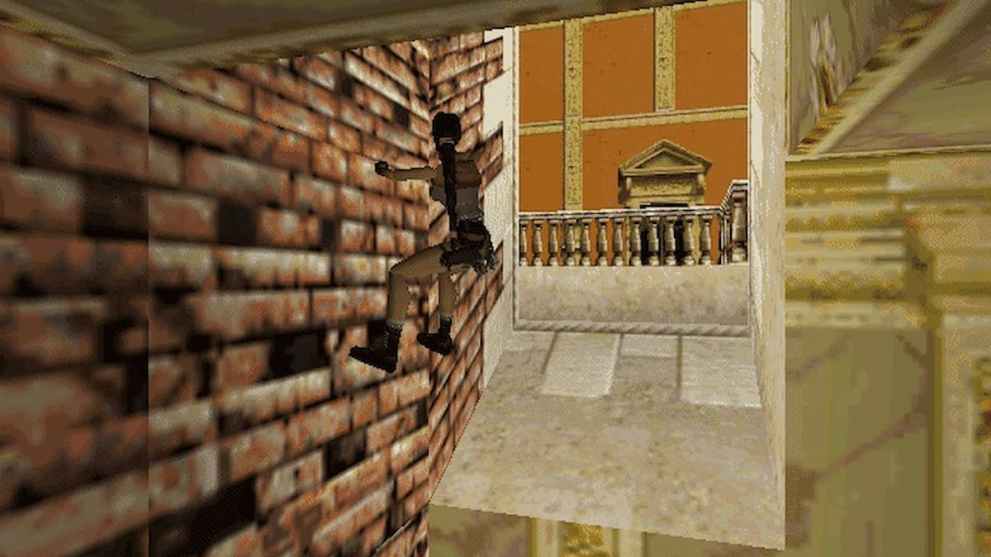
After the success of the first game, expectations were high for the inevitable follow-up. What they got was a sequel that improved on the first game in almost every regard.
On the hunt for the ancient Dagger of Xian, Lara Croft finds herself in the sights of the vicious crime lord Marco Bartolli, a Venetian Mafia leader obsessed with the dagger’s legendary powers.
Intent on stopping his ambitions, Lara travels across China in a race against time, battling with criminals and ancient monsters alike in a thrilling blockbuster that still stands tall as one of the best Tomb Raider games ever made.
Innovative, ambitious, and action-packed, Tomb Raider II was a perfect follow-up to the first game and a quintessential game to play for any fan.
1. Tomb Raider (2013)
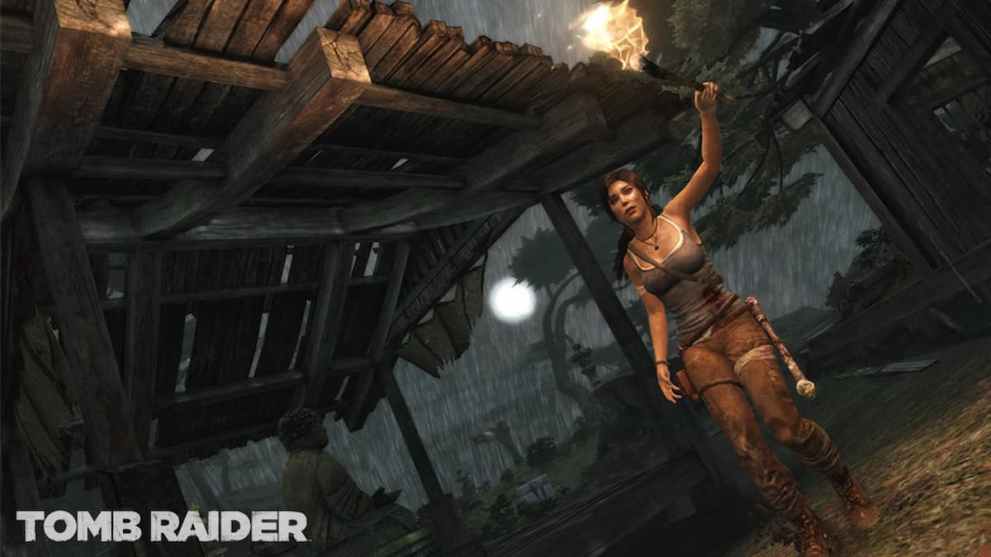
Some reboots rely on what has already been done to ensure success, but the 2013 reboot of Tomb Raider took it a step further by driving the series head-first into the modern generation of gaming.
Set on the secluded and dangerous island of Yamatai, the game places Lara Croft in a harrowing battle for survival as she takes her first steps toward becoming the iconic tomb raider.
In place of endless fire-fights and puzzle solving, the game instead presents a much more thoughtful experience ripe with tension, strategy, and savage confrontations.
It isn’t the Tomb Raider most older fans remember, but for the sake of the series, it takes several brilliant steps forward toward something new and, honestly, better than it has ever been.
That does it for the best Tomb Raider games! For more Twinfinite guides about Lara Croft’s adventures, check the list of all Tomb Raider games in order or when can we expect the next Tomb Raider game.

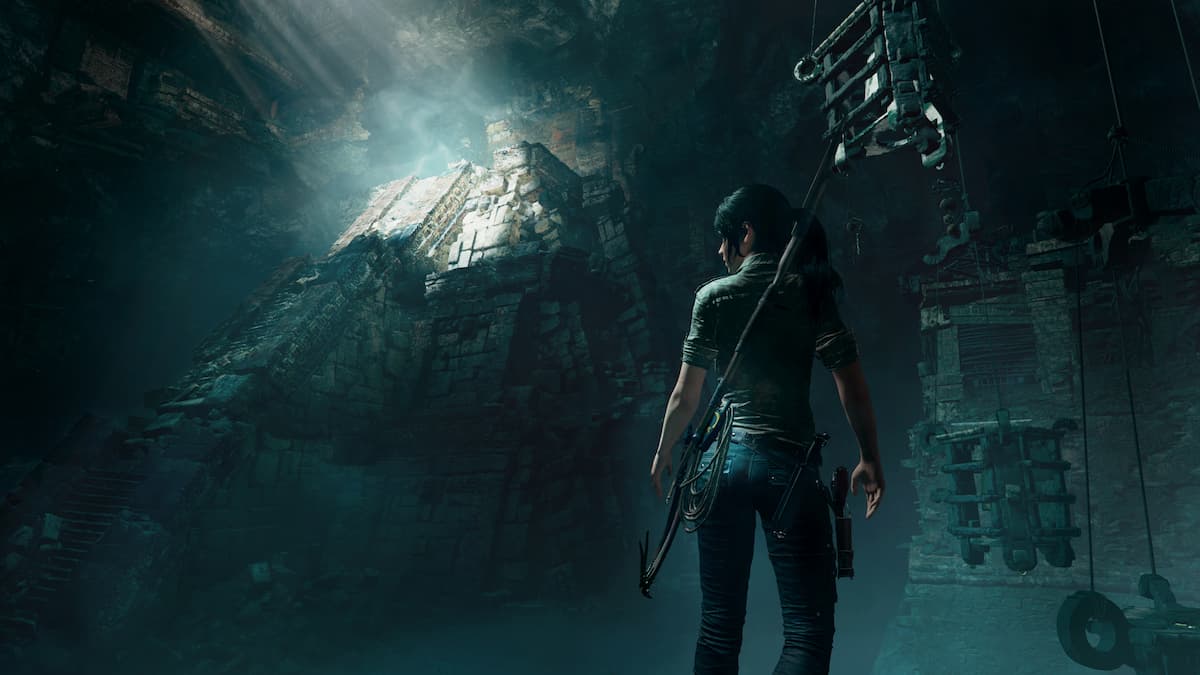











Updated: Feb 19, 2024 06:43 am